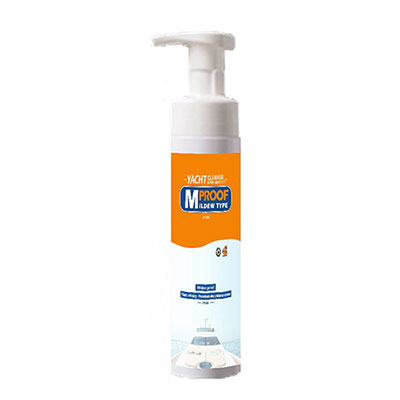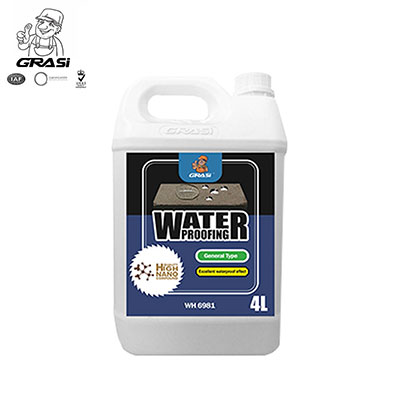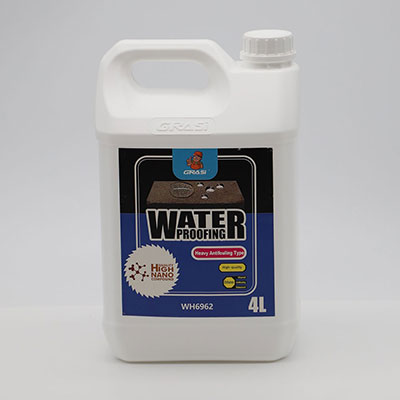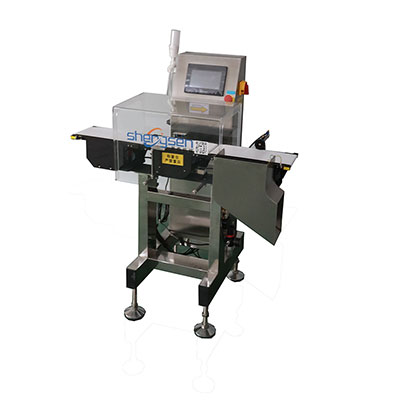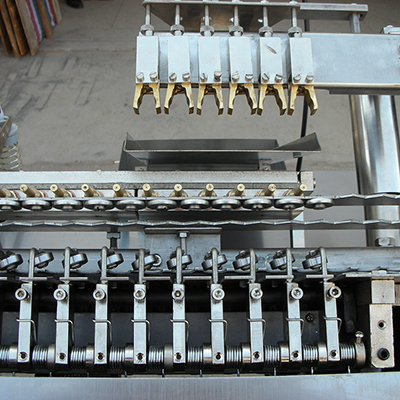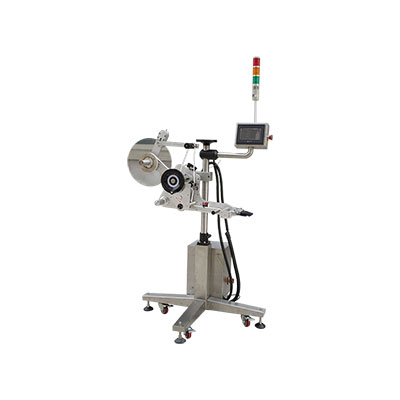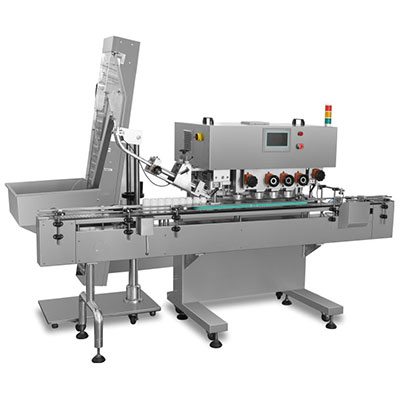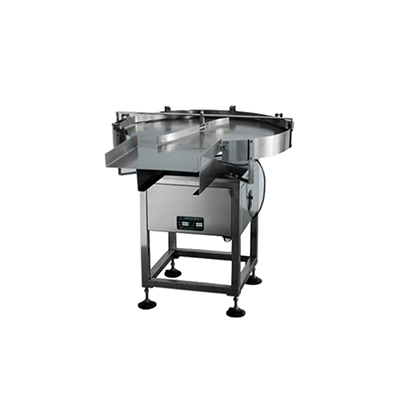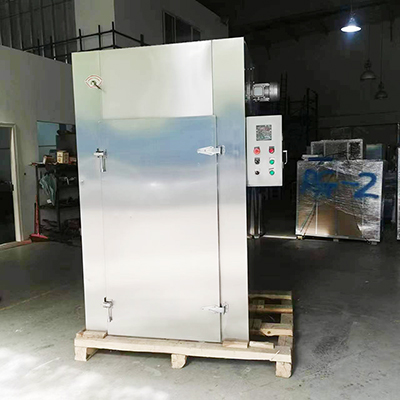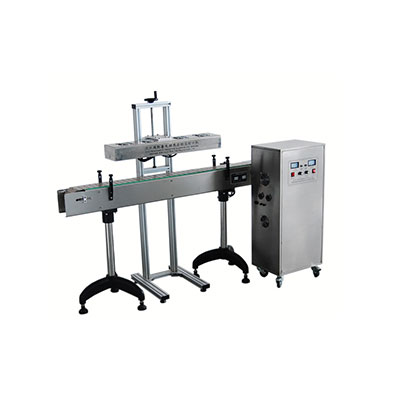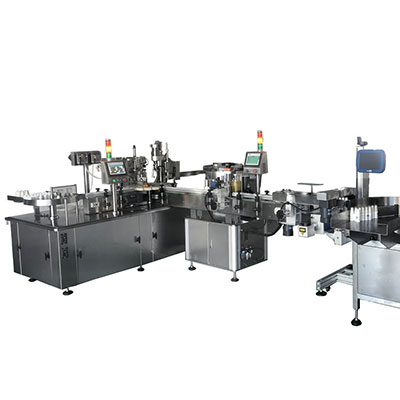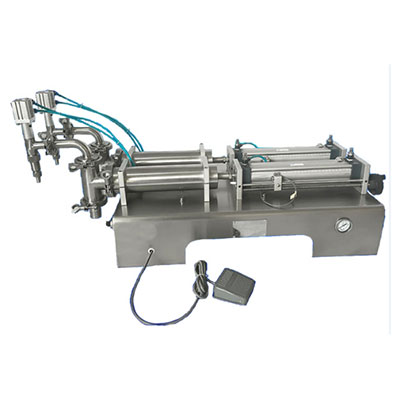Aerated Concrete Block Production Line
The aerated concrete block production line consists of a series of eco-friendly processing equipment for building material industries. It is able to process waste materials into wall panels. Aerated concrete blocks produced by this line provide users with lightweight structure, insulation, and fire-resistance.
1. Technical Standard
We ensure that your projects will be done right and in strict accordance with high national standards.
2. Capacity
This project is capable of producing AAC blocks with annual capacity somewhere between 50,000m3 and 300,000 m3.
3. AAC Product Specification
The AAC products produced by our production line meet the block requirements stipulated in the GB11968-2006 Grade 04~07 Standard.
General Specification of AAC Products (mm)
| L(mm) | W(mm) | H(mm) |
| 600 | 100 120 125 150 180 200 240 250 300 | 200 240 250 300 |
4. General Introduction of AAC
The autoclaved aerated concrete produced by our production line is a lightweight building material that provides both insulation and fire resistance. AAC material can be used to make a great many kinds of bricks in various sizes, including 600×200×100, 80×80×180, 240×115×53, and 600×200×125. AAC products have become very popular on a global scale. In the near future, they will totally replace clay brick that is previously used in building industry.
5. AAC Property
Common concrete has a density somewhere between1600kg/m3 and 2400kg/m3. Unlike the dense concrete, AAC material resulting from our production line has very light weight with a density being 500kg/m3, 600kg/m3, or 700kg/m3. It contains no big-size grains, and is made of waste materials having high silica content like coal ash, sand, stone dust, and more. Coal ash, or sometimes referred to as fly ash, is usually generated from thermal power plants. The AAC making process primarily involves sintering, whereby the binder is mixed with the aggregate. Usually the coal ash would act as the aggregate, and the aluminum dust, lime, cement, and water serves as the binder. Aluminum dust and other additives are also added to the mixture to react with the calcium hydroxide and water to form hydrogen. The hydrogen gas foams and doubles the mixture, forming the holes or pores in the AAC. After the foaming process, the raw mix becomes solid and foams are removed from the surface. At this point, the raw mix is still soft, and thus needs to be cured in the autoclave chamber. This process is called steam pressure hardening. Finally, the finished AAC is produced with a porous rate ranging between 70% and 80%.
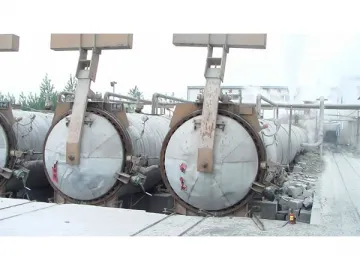
6.Advantages
Light Weight
Autoclaved aerated concrete produced by our production line can be supplied with a density between 400kg/m3 and 700kg/m3, depending on the varying market needs. It has only one third the density of clay brick and one fifth the density of common concrete. As a building material, its light weight reduces the load on the roof and pillar as well as saves cost and energy in material transportation. Light weight also increases the chances of survival in the earthquake.
Thermal Insulation
Heat transfer coefficient of AAC material is between 0.9-0.22W/(mk). Workability of the AAC material allows accurate cutting, thus minimizing the use of raw material.
Related Names
AAC Block Manufacturing Equipment | Lightweight Building Block Making Machine | Cellular Concrete Block Equipment
Links:https://www.globefindpro.com/products/85434.html
-
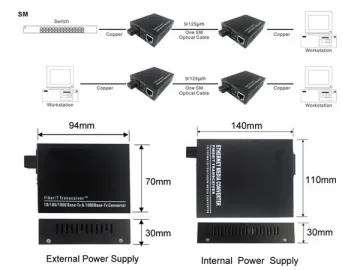 1000M Single Fiber Media Converter
1000M Single Fiber Media Converter
-
 Armored Fiber Optic Patch Cord
Armored Fiber Optic Patch Cord
-
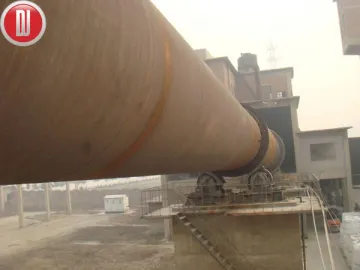 Ceramsite Sand Production Line
Ceramsite Sand Production Line
-
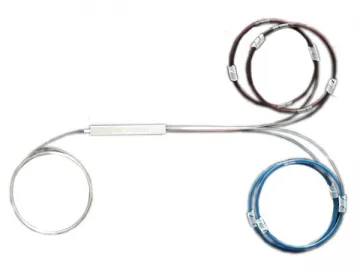 PLC Splitter
PLC Splitter
-
 1000M Card Type Fiber Media Converter
1000M Card Type Fiber Media Converter
-
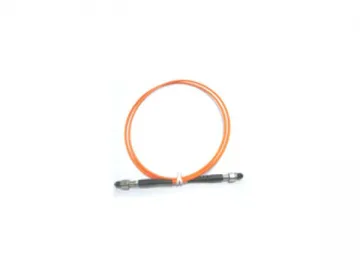 SMA Fiber Optic Patch Cord
SMA Fiber Optic Patch Cord
-
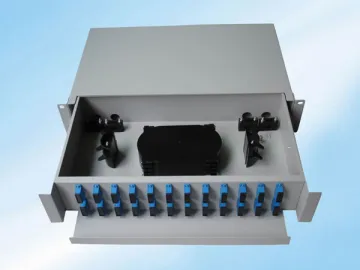 Pull-out Type Optical Distribution Frame
Pull-out Type Optical Distribution Frame
-
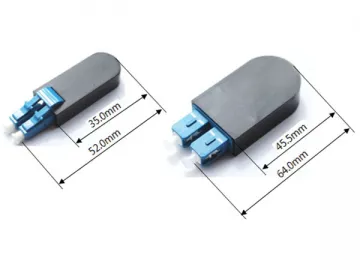 Loopback Adapter
Loopback Adapter
-
 MT-RJ/MPO Fiber Optic Patch Cord
MT-RJ/MPO Fiber Optic Patch Cord
-
 CWDM
CWDM
-
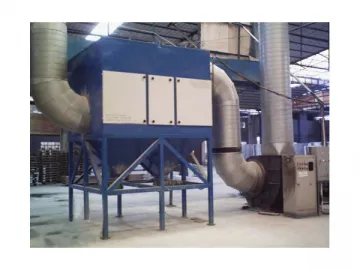 Multi-Cyclone Separator
Multi-Cyclone Separator
-
 100M Card Type Fiber Media Converter
100M Card Type Fiber Media Converter
